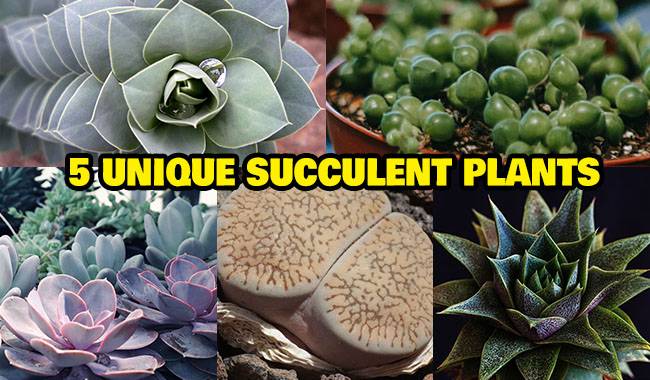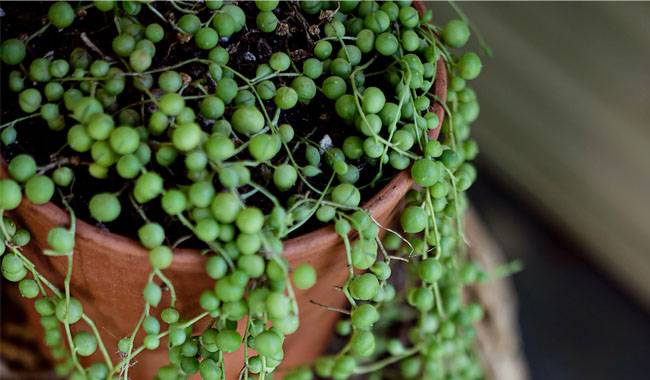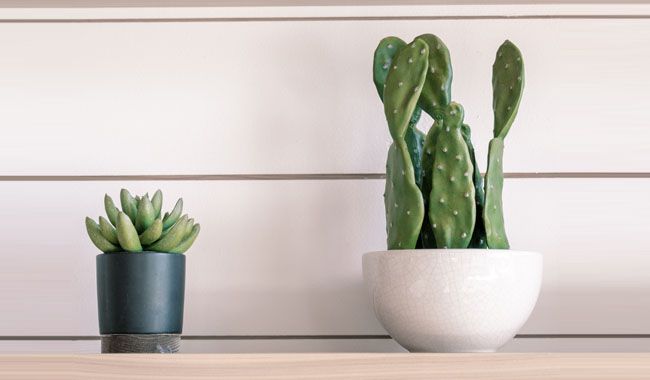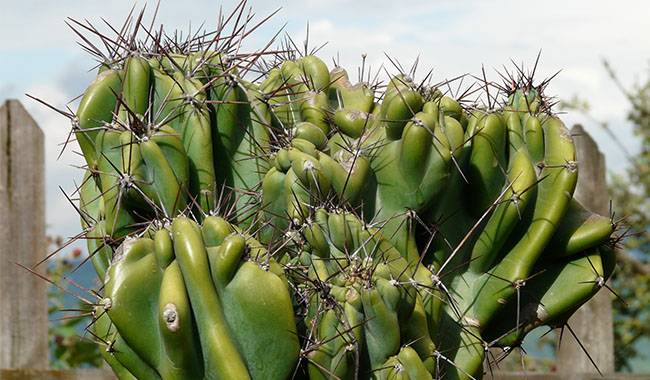
There is a reason why the Cereus Plant is considered one of the most common indoor and greenhouse cacti. Combining ease of planting with classic shapes, Cereus Plant allows everyone to find their favorites. Capable of satisfying minimal watering in fancy succulent gardens, humble little pots, and deserted flower rooms, these are a solid choice for succulent lovers and those who want to decorate their interiors with plants but aren’t ready to give them extra care (the lazy man’s plant of choice).
CEREUS PLANT DESCRIPTION
Cereus Plant has been divided, reclassified, and transferred so many times that only 50 cacti remain in the once huge genus Cactus, easily identified by one feature – the cylindrical, ribbed stems – which includes dozens of species. Cereus Plant is often underestimated and considered simply more showy cactus rhizomes. But these large, fast-growing, versatile species are great in their own right.
Cereus Plants can be stalked or clumped, low or tall. They change over time, shifting from single cylinders to whimsical groups and crowns. Large panicles in the wild show a distinct trunk and crown. Still, indoors, if they release lateral branches, they create a beautiful tree-like silhouette from the base, or Maximum size is limited only by the time and space you are willing to give Cereus Plant.
All Cereus Plants retain their easily recognizable characteristics. They are characterized by fairly strong roots and rod-shaped, straight, powerful cylindrical stems with large, deep ribs and pronounced prickles on them. The blue, light, pastel color of the stems contrast with the brown, black, and gray “needles.”
Cereus Plant has one of the most beautiful flowers of any cactus. The large, up to 10 inches (25 cm) long, white, pastel lettuce or pink flowers appear huge and bright. They open at night and have a surprisingly vanilla scent. But it’s not easy to enjoy the flowers in a room from May to June because you have to wait for decades and old Cereus plants that don’t have enough access to fresh air and bright light hardly ever bloom.
Cereus Plant has edible fruits. However, it is best not to eat the naked berries of the Cereus Plant that have not reached their “ripe” red color.
SPECIES OF CEREUS PLANT
Of the less than 50 species of cactus left in the huge genus Cereus, only 4-5 are used as indoor decorative species.
- Cereus Validus
Cereus Validus is a bulky, large species that forms strong groups of 5-8 buds on either side of the central stem. The light, delicate blue hue and soft angular outline give a fleshy appearance. - Cereus chalybaeus
Cereus chalybaeus is a huge species with stems up to 4 inches (10 cm) or more in diameter, growing straight, with thick ribs and a surprising shade of blue from the strikingly densely arranged pores with numerous prickles. - Cereus repandus
Cereus repandus is a beautiful species that produces many ornamental forms with bizarre rocky curves. The basic variant is a cactus with blue, straight, thickly ribbed stems and large holes with powerful prickles inside.
The most common forms are Monstrosa and Cristata cactus, with comb-curved shoots, finely branched, four-ribbed Paolina forms from Florida’s base with densely branched stems pubescent, almost white prickly clusters. - Cereus aethiops
Cereus aethiops is an interesting species, not in form but with silvery blue, very bright flowers on 6-7 ribbed stems with light-colored pores and burrs on the edges of the ribs. Tall shoots are produced on the sides. - Brasiliopuntia
Hybridized spiral forms of uncertain origin, Brasiliopuntia, produce whimsical lateral shoots because of the spiral twisted ribs, have very large prickles, and have also become a common favorite.
GROWING CONDITIONS OF THE INDOOR CEREUS PLANT
Cereus Plants are rightly called one of the most unpretentious cacti. This is mainly due to the fact that they have greater light plasticity than their competitors. In order to realize the dream of flowering after many years, you need to provide Cereus Plant with maximum outdoor exposure and very bright light, complemented by a cool overwintering period.
Lighting and Placement
Cereus Plants can even tolerate shade well, which is why they are often introduced into decorative compositions. Of course, all the beautiful markings on the buds and spines can only be appreciated when grown on a sunny windowsill, but unlike many Cereus plants, Cereus plants can survive and grow in any light condition.
When relocating to lower or higher light levels, gradual acclimation is required. If you want to try to get a Cereus Plant to bloom, the plant should be placed outdoors in the brightest spot during the summer and winter, even on a southern windowsill if the weather is overcast, for supplemental light.
Temperature and Ventilation
Cool overwintering – temperatures from 46-50 °F (8-10 °C) to a maximum of 59 °F (15 °C) – is required for flowering only, and it is perfectly fine to let Cereus plants overwinter at room temperature if the goal is not to flower. In spring and summer, Cereus Plant can tolerate high temperatures and normal living room temperatures.
Here, you can safely keep them outdoors and bring them to your balcony and garden in summer. Even use them in outdoor succulent plant compositions. If you keep your Cereus Plant in a room, remember its love for fresh air and give it plenty of ventilation.
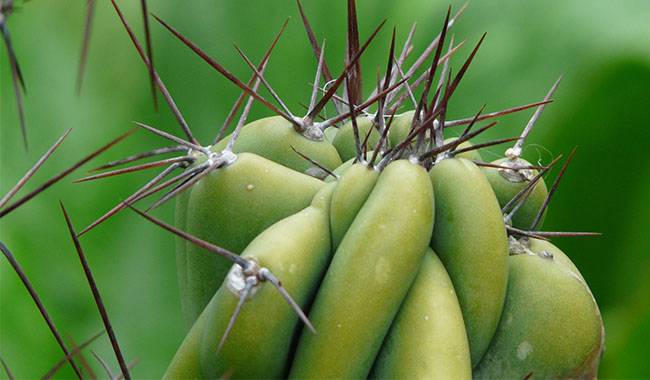
CARING FOR CEREUS PLANT AT HOME
Surprisingly, Cereus Plant likes to be sprayed, shows amazing drought tolerance, and has an extreme tendency to rot. This is one Cereus Plant that is best forgotten rather than over-cared for.
Watering and Air Humidity
If Cereus Plant is overwintered in a cool location, it does not need to be watered at all. When the weather is warm, water sparingly and do not allow the stems to lose moisture. During the peak growth period, only partial wetting by spraying is encouraged, not frequent watering. Watering should be moderate and light, and the substrate should be allowed to dry almost completely. Even light over-watering can kill Cereus Plant. it is one of the plants that does not need very soft water.
Unlike many cacti, Cereus Plant likes to be sprayed with water. And it can be done at any time of the year as long as the temperature is above 64 °F (18°C).
Fertilization and fertilizer composition
Cereus Plant can be completely unfertilized, especially in the year after transplanting. In inert soil, fertilize in the same container every 3-4 weeks in spring and summer, starting from the second year, using fertilizers specific for cacti and succulents.
Transplants, containers, and substrates
Transplanting can be done any time between spring and summer if it is really necessary. Compared to many cacti, Cereus Plant requires fairly wide pots. Deeper containers are not preferred. Drainage at the bottom is mandatory.
When it comes to potting soil, Ceres is not very demanding. Choose a well-lit, not too fertile soil mix that does not contain peat or inert soil with a neutral or weak acid reaction – Cereus Plant will do well in it. It is very suitable for cultivation in decorative planters, solariums, flower pots, and succulent gardens. The optimum pH value is between 5.0 and 6.0.
Pests and problems in cultivation
It is tough to get rid of pests on panicles, as they can easily hide in the deep folds of the stems. Therefore, it is best not to delay insecticide treatment by trying to detect the first symptoms.
This is one of the cactus species most susceptible to decay. If there are any signs of surface damage, you will need to cut down the affected part and treat the cut.
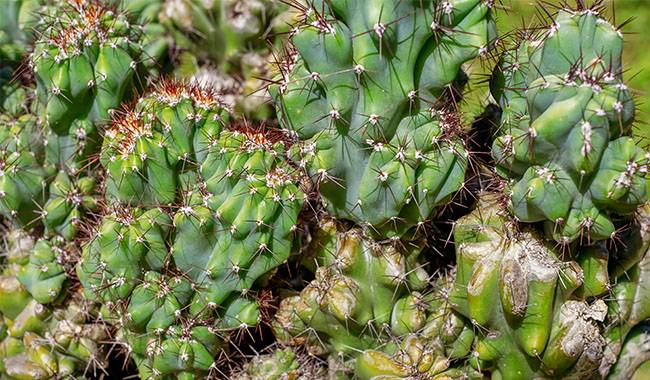
PROPAGATION OF CEREUS PLANT
Outdoors, Cereus Plants propagate very well by seed, but there is a reason why these Cereus Plants are best propagated by cuttings only. In spring, i.e., April and May, sow seeds with lightly moistened sand, perlite, or fine rocky debris in an environment with a light content and a temperature of about 80-86 °F (27-30 °C) and shoots will soon appear. But you must wait a long time before they grow, they need supplemental lighting, and the ideal regime of the lightest humidity is extremely difficult to maintain.
The larger parts of the stems root well in the soil – so easily that they germinate under natural conditions simply by touching the ground. Cut the plugs at the base of branches and shoots, and for ornamental forms, cut them at the over stemming point so that the scarring does not damage the ornamental qualities of the parent plant.
Once the plugs have dried (usually a few days), treat them with charcoal and place them on the substrate, supporting them if necessary. Do not submerge the plugs in water. A slightly moist substrate without mulch will produce a strong root system.




